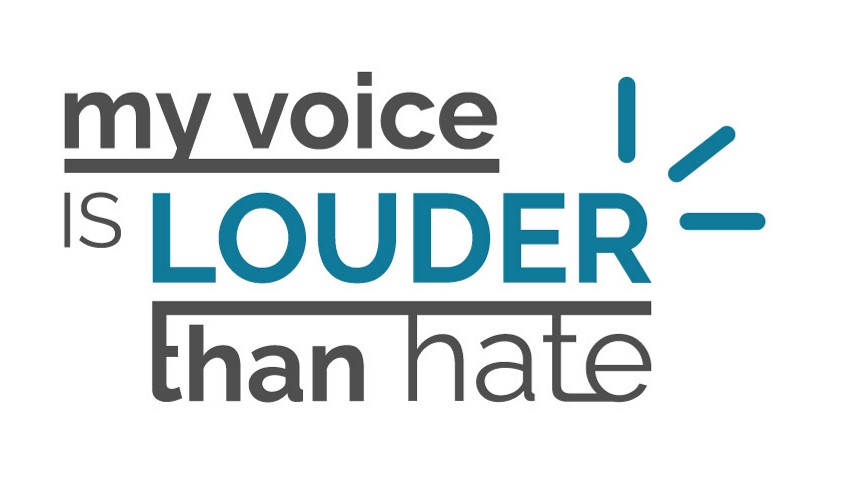There's No Excuse
Almost half of youth who have taken and sent a sext say that the recipient then forwarded that image to other people without their consent. This culture of sharing among youth is a real concern and can have devastating consequences for the person in the picture and the person who forwards it.


 Youth want clear and simple online privacy policies to better understand online consent
Youth want clear and simple online privacy policies to better understand online consent My Voice is Louder Than Hate is a multimedia lesson resource designed to empower students in Grades 9 to 12 to push back against hate and prejudice in their online communities.
My Voice is Louder Than Hate is a multimedia lesson resource designed to empower students in Grades 9 to 12 to push back against hate and prejudice in their online communities.